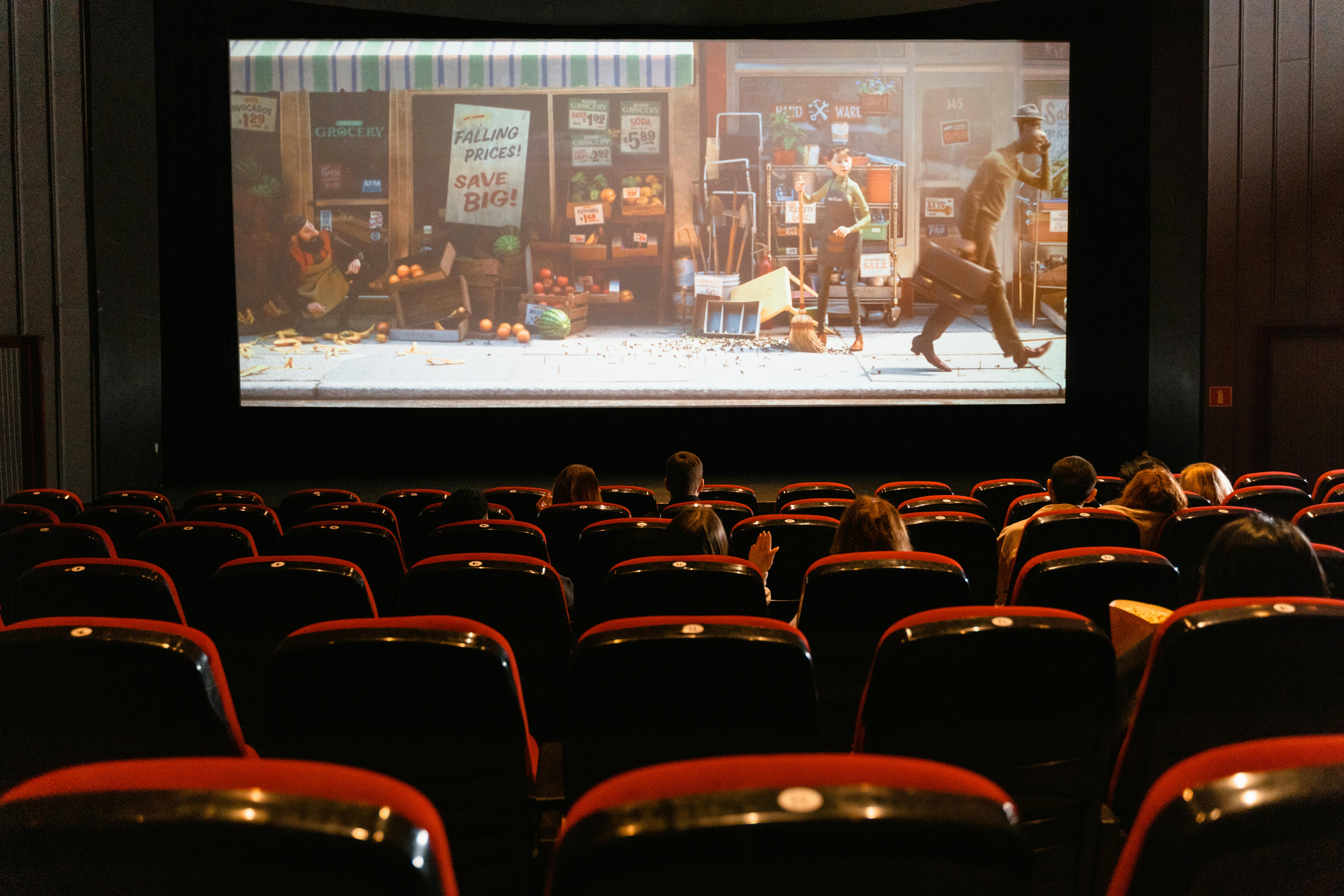Sensory Storytelling: Cinema's New Frontier
In an era where visual spectacle often takes center stage, a revolutionary trend is quietly reshaping the cinematic landscape. Sensory storytelling, a multidimensional approach to filmmaking, is captivating audiences and critics alike with its immersive experiences that engage all five senses. This innovative technique goes beyond traditional audiovisual elements, incorporating touch, smell, and even taste to create a truly holistic movie-going adventure.

Rediscovering the Power of Sensory Engagement
The resurgence of interest in sensory cinema began in the early 2010s, driven by a desire to differentiate the theatrical experience from home viewing. Filmmakers and theater owners recognized that engaging multiple senses could create a more memorable and impactful experience for audiences. This realization coincided with advancements in sensory technology, making implementation more feasible and cost-effective.
Pioneering Projects and Breakthroughs
Several groundbreaking projects have paved the way for sensory storytelling’s current prominence. In 2016, Japanese director Nobuhiko Obayashi released Hanagatami, a film accompanied by coordinated scents dispersed throughout the theater. The aromas of cherry blossoms, fresh grass, and gunpowder enhanced the emotional resonance of key scenes, drawing viewers deeper into the narrative.
Technology Behind the Sensations
The implementation of sensory storytelling relies on a combination of cutting-edge technologies. Scent delivery systems use precise diffusers to release aromas at specific moments, while haptic seats provide tactile feedback synchronized with on-screen action. Some theaters have even experimented with temperature control and wind effects to simulate environmental conditions portrayed in films.
Impact on Storytelling and Audience Engagement
Sensory storytelling is not merely a gimmick but a powerful tool for enhancing narrative depth and emotional connection. By engaging multiple senses, filmmakers can create more vivid and lasting memories for their audiences. This approach has proven particularly effective in genres such as historical dramas, where the ability to smell period-specific scents or feel the textures of a bygone era can transport viewers more fully into the story’s world.
Challenges and Future Developments
Despite its potential, sensory storytelling faces several challenges. The cost of implementing the necessary technology can be prohibitive for many theaters, limiting widespread adoption. Additionally, concerns about allergies and sensitivities to certain scents or tactile experiences must be carefully addressed. However, as technology advances and becomes more affordable, industry experts predict a significant increase in sensory-enhanced films and theaters over the next decade.





